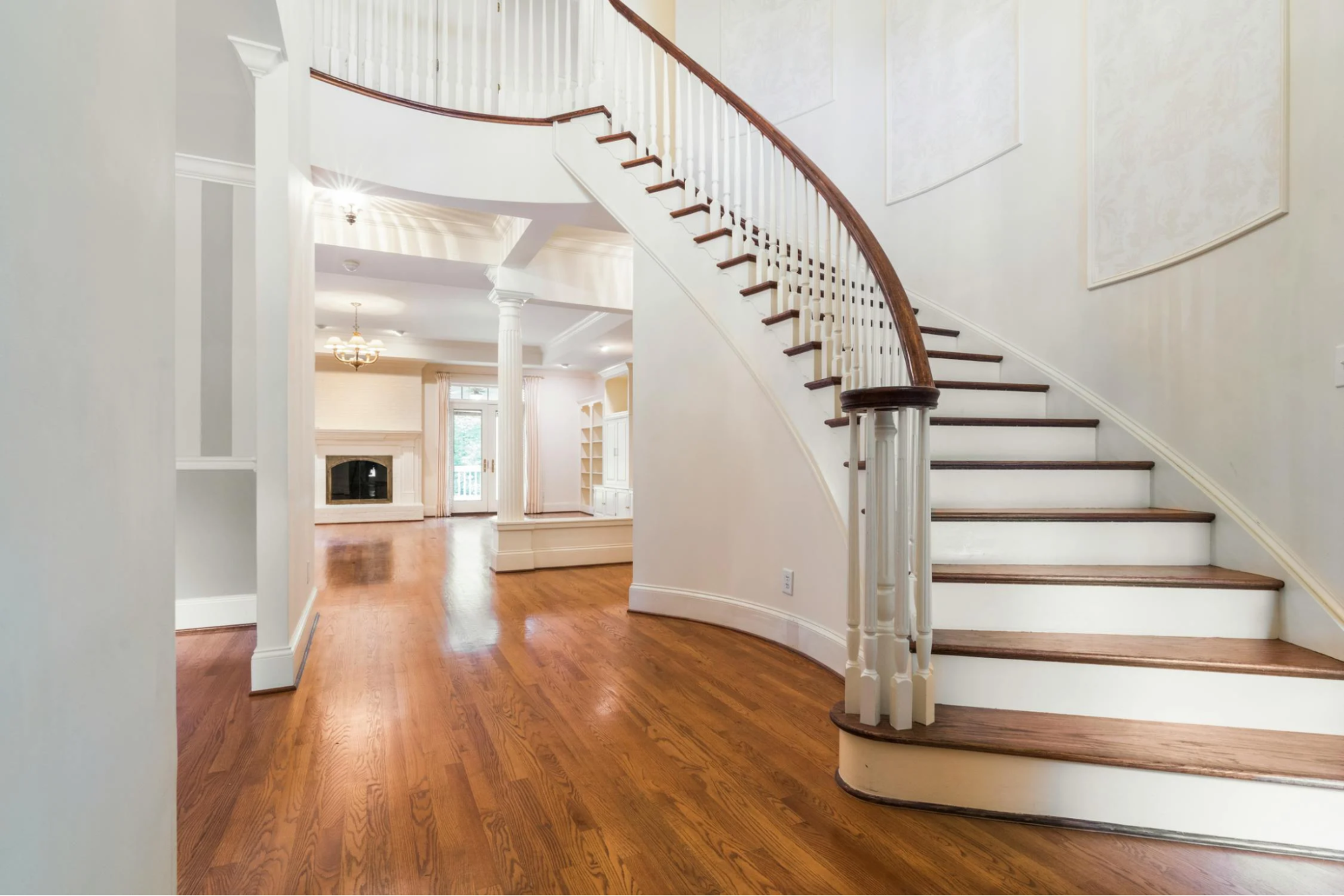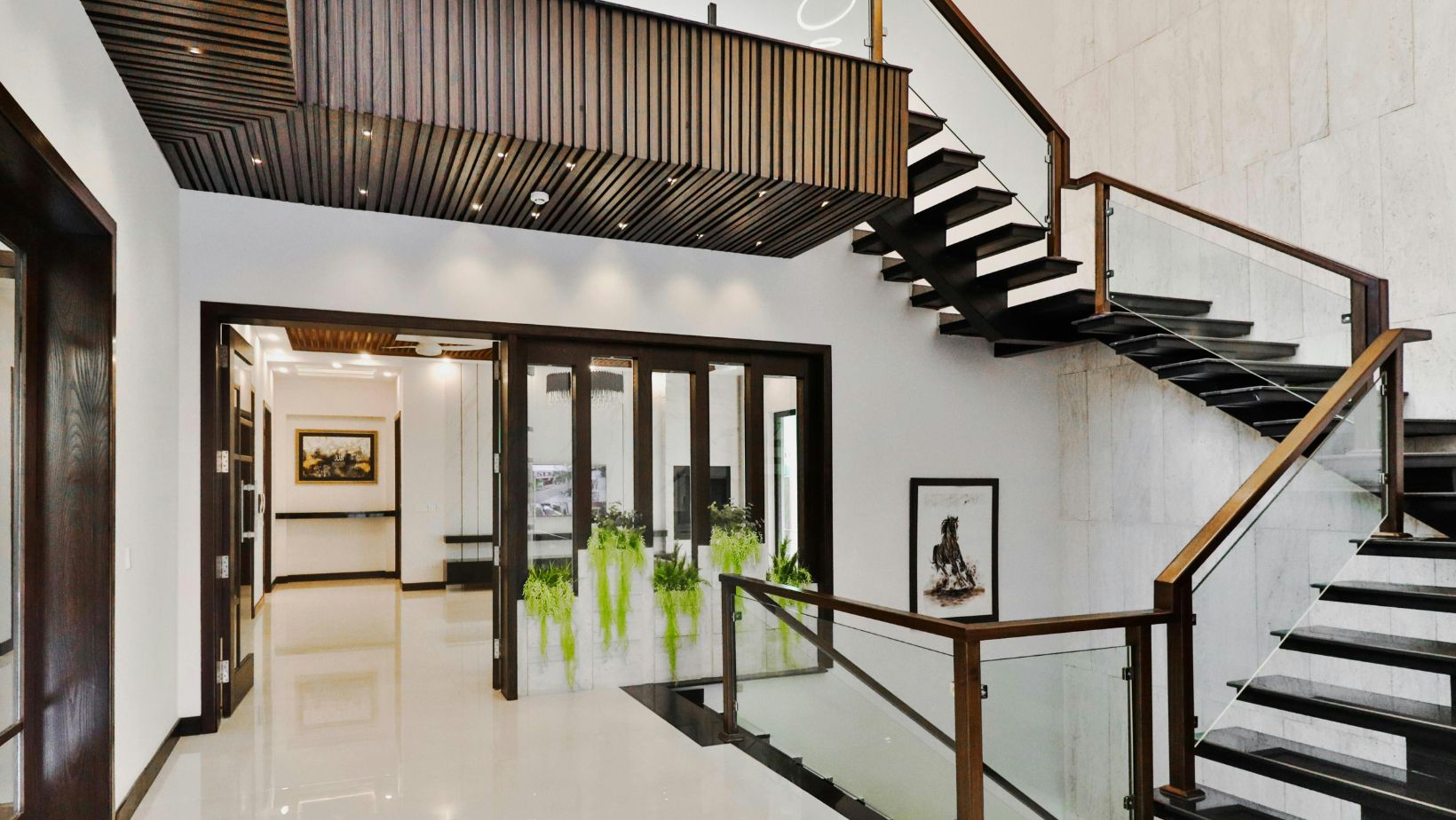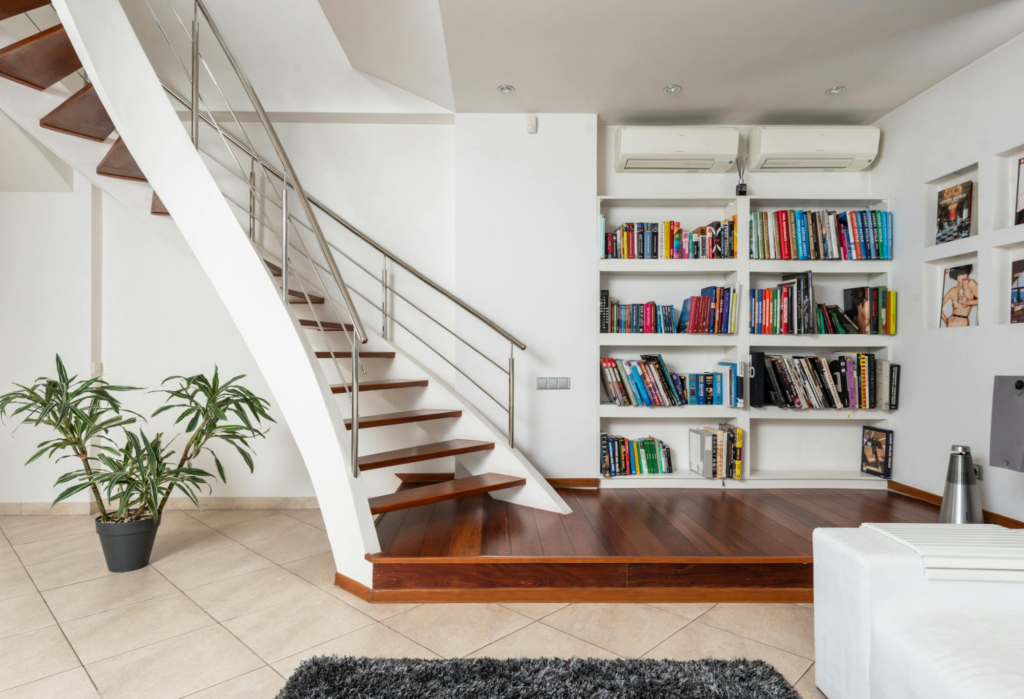Stair remodeling is an exciting aspect of home improvement that can significantly elevate the aesthetic appeal and functionality of a space. As one of the most prominent features in a luxury home, the staircase often sets the tone for the entire environment. With thoughtful design choices, homeowners can transform their staircases into stunning focal points that inspire admiration and convey sophistication. Whether updating an outdated design or creating a new look altogether, understanding the nuances of stair remodeling is essential for achieving a polished, refined appearance.
Understanding the Basics of Stair Design
Before embarking on any remodeling project, it is crucial to understand the fundamentals of stair design. Stairs serve both functional and aesthetic purposes, often acting as a transition between spaces while adding character. Key elements of stair design include the tread, riser, and handrail. The tread is the horizontal part of the stair where one steps, while the riser is the vertical element that connects each tread, contributing to the overall height of the staircase. Handrails enhance safety while providing an opportunity to incorporate design elements that complement the home’s style.
Designing for safety and compliance with local building codes is paramount. Each step must maintain a consistent height and depth to minimize the risk of accidents. Customizing these elements allows for the integration of unique materials such as wood, metal, or glass, enabling a tailored look that reflects personal style. When renovations are executed thoughtfully, they harmonize with the rest of the home’s interior, ensuring a seamless flow throughout the environment.
Choosing the Right Materials
Selecting materials is one of the most critical steps in stair remodeling. The choice of wood, metal, or stone can drastically change the ambiance of the staircase. Each material brings its distinct character and cost implications to the table. Hardwoods like oak and walnut offer elegance and durability, while metals lend an industrial touch. On the other hand, stone and glass can provide a luxurious finish that feels open and airy.

Homeowners should balance practicality and aesthetics to make discerning material choices. Factors such as maintenance, performance, and wear over time can influence decisions. For those seeking budget-friendly options, scouting for deals on stair parts can help manage costs while not compromising on quality. By carefully considering surface finishes and textures, homeowners can achieve a harmonious design that elevates the entire home’s style.
Incorporating Lighting
Lighting plays a significant role in stair remodeling, enhancing both functionality and aesthetics. Well-placed lighting can highlight architectural features and enhance safety. Options such as recessed lighting, pendant fixtures, or wall sconces can create inviting paths across the staircase. Consider choosing fixtures that complement both the style of the staircase and the overall décor of the home.
Lighting can evoke different moods throughout the home. Bright, warm lights can create an inviting feel, while cooler tones may contribute to a more modern and sleek ambiance. As nearly every element in luxury homes thrives on design harmony, it is essential to integrate lighting solutions that work well with selections made for railings and flooring.
Aesthetic Details and Finishes
The devil is in the details. Aesthetically pleasing finishes can turn a standard staircase into a masterpiece. This can be achieved by adding decorative elements such as wainscoting, newel posts, or even custom balusters. These enhancements can create visual interest and provide a customized look that reflects the homeowner’s taste.
Choosing paint colors for the stair risers or treads can add personality to the design. Opting for contrasting colors can create visual depth, while bold hues can make a statement. Embellishments like patterns or trendy textures, including geometric shapes or natural elements, can echo design themes throughout the home, ensuring cohesive decor.
Balancing Functionality and Style
Staircases need to serve as more than just a passage; they must accommodate daily use and foot traffic. As a high-traffic area, durability is essential in all material choices made during remodeling. Adequate tread depth and sufficient handrail height ensure that safety does not compromise style.

Innovative designs such as spiral stairs or floating stairs can save space and enhance the visual appeal. Designing for lifestyle needs, such as incorporating additional storage or integrating a small seating area at the landing, can produce convenient solutions. Maximizing functionality while maintaining elegance may seem tricky, but creative solutions can yield beautiful and effective results.
Integrating Smart Technology into Stair Design
The integration of smart technology in home design has transformed staircases from simple structural elements into functional and aesthetically advanced features. Motion-activated lighting enhances safety and ambiance, automatically illuminating each step as someone approaches. Smart railings with embedded LED strips can create a modern, sleek look while providing additional visibility at night.
Beyond lighting, homeowners can explore heated stair treads for added comfort in colder climates, reducing the risk of slipping on icy surfaces. Smart security features, such as discreetly embedded cameras or pressure-sensitive steps, can enhance home safety without disrupting the staircase’s visual appeal.
In the world of luxury homes, stair remodeling stands out as a transformative endeavor that combines elegance with practicality. With informed decisions around design, materials, lighting, and execution, homeowners can create a staircase that enhances their space and reflects their style.
